South Africa’s Economic Crossroads: 10 Flags to understand prices, value and the road ahead
Economist Dawie Roodt breaks down the forces shaping South Africa’s future from human behaviour to technology, demographics and money.
Economist Dawie Roodt, founder, director and chief economist at the Efficient Group, recently addressed the SA Ubuntu Foundation in Cape Town with a hard-hitting message on how to navigate today’s economic realities and what lies ahead for South Africa.
Roodt likes to jolt his audience awake. He openly says he’s “against job creation”, questions whether small business is the magic fix, and argues that South Africa’s biggest problem isn’t poverty.
He’s not being flippant. He’s pushing us to stop thinking in slogans and start thinking in systems: how an economy really works, what actually drives prosperity, and what that means for South Africa’s future.
At the core of his message are three big ideas:
- Economics is about people and choices, not equations.
- Prices are the most powerful information system in the world.
- South Africa’s long-term future depends on how we respond to global shifts in technology, demographics, money and our own politics.
Roodt unpacks these through 10 clear “flags”, a practical roadmap for anyone trying to navigate their own finances, their business, and the broader South African economy.
1. Economics is about people, not interest rates
Roodt’s first point is simple: economics is not primarily about inflation, interest rates or the rand.
“Economics is about one thing and one thing only: people.”
Every choice you make - what you buy, where you live, who you marry, how you invest - is an economic decision. It’s a trade-off between scarce resources (time, money, energy, attention) and what you value.
That’s why he’s impatient with how economics is often taught: lots of equations, very little human behaviour. If you forget that real people, with emotions, status needs and fears, sit behind every number, you will misread the economy.
And that’s exactly where prices come in.
2. Prices: the X-ray of an economy
Prices are not just numbers on tags. Prices are messages. They tell you what is scarce, what is abundant, what people value and how that changes over time.
The Birkin bag and the Mercedes badge
Take the famous Hermès Birkin bag. It costs ranges from $10,000 to roughly $250, 000 on the high end, yet the material and production costs are a fraction of that. There’s a waiting list of years.
Why do people pay for it?
Not because of leather quality. They’re buying a signal: “I am wealthy. I belong to a certain group.” The price captures status and scarcity, not just input costs.
The same logic plays out on our roads:
- The entry-level Mercedes has a big, bold badge, designed for people who need to show they’ve “made it”.
- At the top end (think Maybach), the branding gets smaller and more discreet. At that level, the signal is aimed at other wealthy people who already know what the car means.
The underlying economics: people don’t just buy utility; they buy identity.
Natural vs lab-grown diamonds
Ask people to choose between:
- a natural diamond, and
- a lab-grown diamond that is physically and chemically identical…
Most still pick the “natural” one.
Not because it’s prettier. Because it feels rarer, more romantic, more “real”. Again, the price captures story and status – not just carats.
But watch the bigger trend: the production cost of lab-grown diamonds is collapsing. China is churning them out. In some markets you can’t sell a diamond below a set floor price because they’ve become so cheap to produce.
The signal remains expensive. The stuff is becoming abundant.
That’s happening across the economy.
3. From scarcity to abundance: why “stuff” keeps getting cheaper
Two hundred years ago, if you wanted to read a book at night you needed around 12 candles to get roughly 1 000 lumens of light. To afford those candles, you had to work about three hours.
That was the price of one hour of light: three hours of labour.
Today, the cost of producing 1 000 lumens for an hour is so low that, in work-time terms, it’s effectively fractions of a second of labour for the average modern worker.
Same with TVs: an 85-inch TV’s effective price has fallen by almost an order of magnitude. Phones, computing power, data storage – all on the same curve.
What’s going on? The basic engine: labour plus capital plus technology. At its most basic, an economy combines:
- Labour - people, skills, time
- Capital - machines, tools, buildings, software, systems
Together, they produce output, goods and services.
When capital improves (better technology) and labour becomes more skilled, we get:
- Higher productivity (more output per hour of work)
- Lower real prices for many goods over time
Now add a new twist: artificial intelligence and automation.
Capital is becoming “intelligent”. Machines, software, and robots can increasingly:
- Run factories with fewer people
- Maintain and even repair other machines
- Optimise logistics, pricing and processes in real time
That means the world is moving into an era of abundance in many physical goods – they get better and cheaper at the same time.
But here’s the catch: not all prices fall.
4. The real divide: cheap “things” - expensive services
Look at your monthly budget.
- TVs, electronics, clothing and many manufactured goods are cheaper (in real terms) than 20 - 30 years ago.
- But restaurants, private schooling, healthcare, hotel stays, childcare and specialised professional services have become more expensive.
Why? Because:
- Goods are easily automated and mass-produced.
- Many services are human-intensive, require trust, and are difficult to automate without losing quality.
Think of:
- A great teacher
- A skilled surgeon
- A top-end restaurant experience
- A brilliant software architect or data scientist
These are services layered on skills and relationships and their prices tend to rise faster over time.
This is central to Roodt’s argument:
“Stuff is getting cheaper. Special kinds of skills are getting more expensive.”
For your career and your investments, that distinction matters.
- If you’re in a business that makes “things” (manufacturing, simple retail, basic commoditised products), you will live in a world of falling prices and relentless competition. You survive by having:
- the best skills in your team, and
- the latest technology.
- If you’re in high-skill services, your pricing power is much better, especially if your work can’t easily be automated.
5. How economies evolve: from farms to knowledge
A hundred years ago, South Africa’s economy was dominated by primary industries:
- Agriculture
- Mining
They made up roughly 80% of activity.
Manufacturing (secondary industry) and services (tertiary) were tiny by comparison.
Today the picture has flipped:
- Primary industries are a much smaller share of GDP.
- The service sector drives most of the value add.
Even in agriculture and mining, the real value isn’t in the raw stuff.
Modern agriculture, for example, needs:
- Drone pilots
- Data analysts
- Geneticists
- Soil scientists
- Logistics experts
- IT specialists
“The real value doesn’t happen in the soil; it happens in the lab and the control room,” Roodt argues.
The lesson: “It’s not the land that makes you a successful farmer, it’s what you do with the land.”
That applies to countries too. Owning resources mean little without skills, technology and good institutions layered on top.
6. Global shifts: where the growth (and risk) sits
Roodt then zooms out to the world. He highlights three big external forces South Africans need to understand:
Global growth engines are rotating
- Russia: war-driven economy now, but with long-term structural problems and no sustainable peace in sight.
- China: still big, but facing deflationary pressures, overcapacity and an ageing population.
- India: rising star with strong growth and a different, more services-and-technology-driven development path.
- Europe: rich but sluggish; much of the growth that does exist is from higher defence spending.
- USA: still the world’s most important economy, backed by the unique power of the US dollar as reserve currency.
Demographics are turning upside down
- Historically, poverty meant high birth rates and low life expectancy.
- As countries grow richer, life expectancy rises and birth rates fall.
- Below 2.2 children per woman, populations start shrinking.
- Many rich or middle-income countries (South Korea, parts of Europe, China, Russia) already have negative population growth.
That means:
- Ageing societies with too few young workers
- Massive future pressure on pensions, healthcare and savings
- Political pressure around migration as rich regions “suck in” surplus labour from poorer regions (including Africa)
Technology is changing what’s investable
- Agriculture: now a high-tech corporate business model, not subsistence.
- Education: good education is getting more expensive, not cheaper, huge private opportunity.
- Personalised medicine: tech-enabled health and longevity is a booming investment theme.
- Finance and money: we’re in the early innings of a revolution in how money itself works.
7. Money is changing: crypto, CBDCs and stablecoins
Roodt spends time on one of his favourite topics: money. He makes two key educational points:
One - Money started as a record of debt, not a trade tool
The first “money” wasn’t coins, it was tally sticks or marks recording who owed what to whom. Trade came later.
That’s important because it reminds us: money is an idea, a social construct, not a physical thing. Bitcoin, in that sense, is perfectly consistent with the history of money.
Two - Two big developments are reshaping money
- Central Bank Digital Currencies (CBDCs)
These are digital versions of national currencies, built on similar tech to crypto but centrally controlled by the state.
Benefits:
- Efficient payments
- Reduced tax evasion and cash crime
Risks:
- Perfect surveillance of how and where you spend
- The ability to “program” money (for example, preventing certain purchases)
Roodt’s warning is blunt: CBDCs, if abused, are “Big Brother on steroids”.
- Stablecoins
These are blockchain-based tokens backed 1:1 by traditional currencies (usually the US dollar).
In theory:
- You give an issuer R100.
- They give you a token you can trade globally at low cost.
- You can redeem the token later for R100.
In practice, this creates:
- New forms of cross-border capital movement (potentially bypassing exchange controls).
- A shift of deposits from banks into money market instruments backing stablecoins.
- New regulatory risks if issuers don’t actually hold the full backing (hence new legislation like the US “Genius Act” aimed at regulating them).
His broader philosophical question: if your police, army, local government and currency all fail in their basic functions, at what point do you still meaningfully “have a country”?
It’s a warning to South Africa: don’t take functioning money and institutions for granted.
8. South Africa’s political economy: Roodt’s hard diagnosis
When he turns to South Africa, Roodt is unapologetically direct.
He argues that the ANC, shaped in the intellectual tradition of Marxist labour-value theory and Soviet-style political alliances, has:
- Adopted policies like expropriation, centralisation and a “developmental state” that are fundamentally hostile to growth.
- Implemented cadre deployment, which he bluntly calls “another word for incompetence” – appointing people for loyalty, not ability.
- Created a culture of systemic corruption.
The outcomes, he argues:
- Over 70% of municipalities with qualified audits.
- Local government failing at the basics: water, roads, electricity, sanitation.
- State-owned enterprises (Eskom, Transnet, the Post Office) crippled by mismanagement and debt.
- National debt climbing to roughly 78% of GDP, with interest costs of around R2 billion per day.
- Per capita income now lower than it was 17 years ago.
His core political contention: “There is no lasting fix to South Africa while the ANC is part of the equation.”
Whether you agree or not, that is the anchor of his analysis.
9. What still works and where hope lies
Despite his harsh assessment, Roodt is not entirely pessimistic. He points to several institutions that still function relatively well:
- South African Reserve Bank, protecting price stability, moving inflation targets lower, and maintaining monetary credibility.
- The courts, particularly the senior judiciary and Constitutional Court, which have often pushed back against abuse of power.
- An independent media exposing corruption and state failure.
- And above all: the market and democratic system, the ability of citizens to vote, allocate capital and make choices.
His starting point for any recovery plan:
- Restore confidence
- Do something visible, cheap and widely supported:
- Clean cities and towns.
- Enforce basic traffic and safety laws.
- People invest where it looks like someone is in charge and cares.
- Do something visible, cheap and widely supported:
- Fix the basics of security and rule of law
- Rebuild the police as a trusted, competent institution.
- Remember: the state’s primary role is to protect individuals and their property.
- Stop punishing wealth creation
- Recognise that wealthy, productive individuals and companies:
- Create jobs
- Pay taxes
- Drive innovation
- Constantly increasing the tax burden on the same small base is self-defeating.
- Recognise that wealthy, productive individuals and companies:
- Make growth the central objective
- Not “job creation” as a slogan, not endless new small-business funds: sustained economic growth.
- With growth, we can afford social programmes. Without it, everything else is redistribution of a shrinking pie.
His final piece of advice is pointed: obey the law, but arrange your affairs to pay as little tax as legally possible. In other words, don’t volunteer extra resources to a state that is misusing them; channel capital where it actually works.
10. What this means for South Africans and investors
For individuals and investors, several practical themes fall out of Roodt’s framework:
- Sharpen your skills - especially in fields where:
- Human judgment, creativity and relationships matter
- Automation can assist you, but not replace you
- Don’t build businesses on price alone
- If you sell undifferentiated “stuff”, you are in a race to the bottom.
- Layer services, data, expertise and brand on top of any physical product.
- Back sectors aligned with global tailwinds
- High-tech, corporatised agriculture
- Quality education at all levels
- Healthtech and personalised medicine
- Financial infrastructure and new money rails
- Vote and invest with your eyes open
- Understand the political ideas behind policy, not just slogans.
- Back regions, municipalities and partners that respect rule of law and delivery.
South Africa is not doomed. But it is in a hard, unforgiving reality:
- A world where prices tell the truth about what is working and what isn’t.
- A world moving from scarcity of goods to abundance, but with growing scarcity of trust, skills and good governance.
If we ignore those signals, the gap between South Africa and the rest of the world will widen.
If we take them seriously, we still have time to reposition as individuals, investors, and, ultimately, as a country.

.svg)
.svg)

.jpg)

.avif)


.avif)

.avif)




.svg)

.jpg)
.avif)
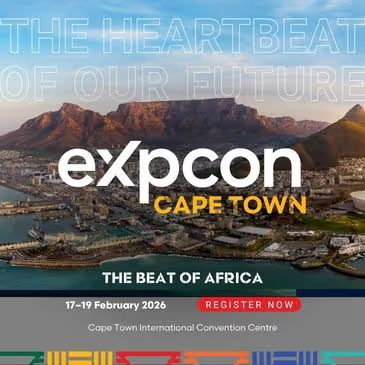
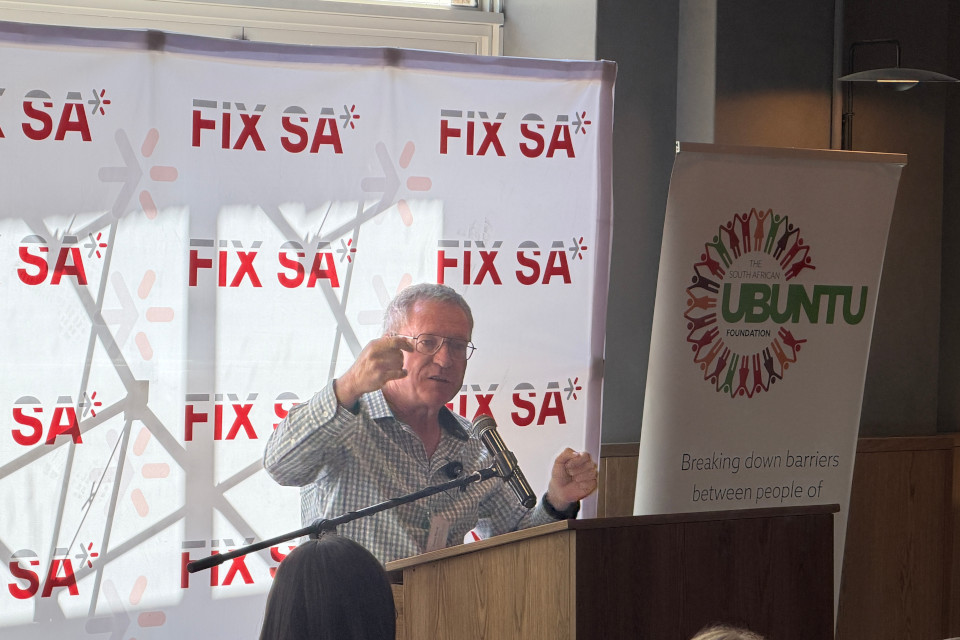
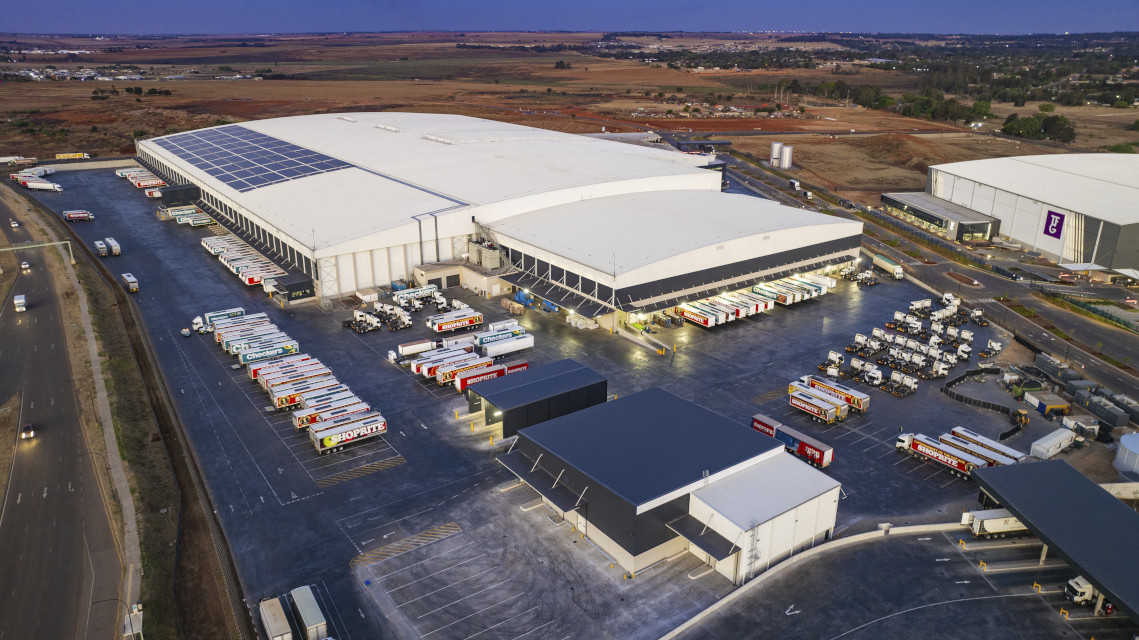




%20.jpg)
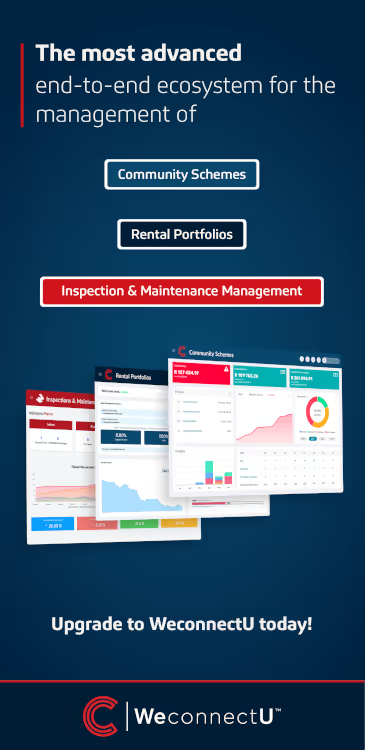

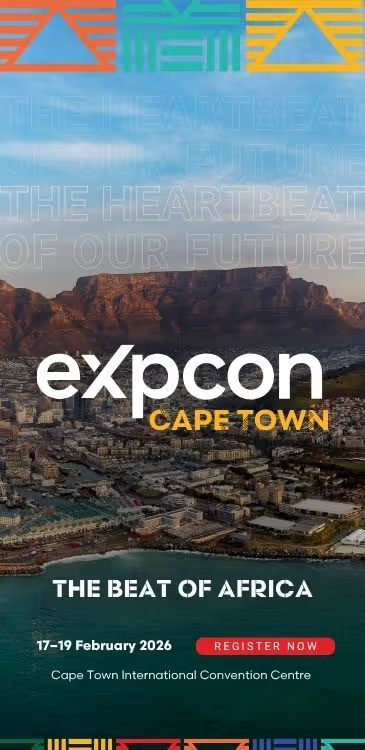


.avif)
%20.jpg)
